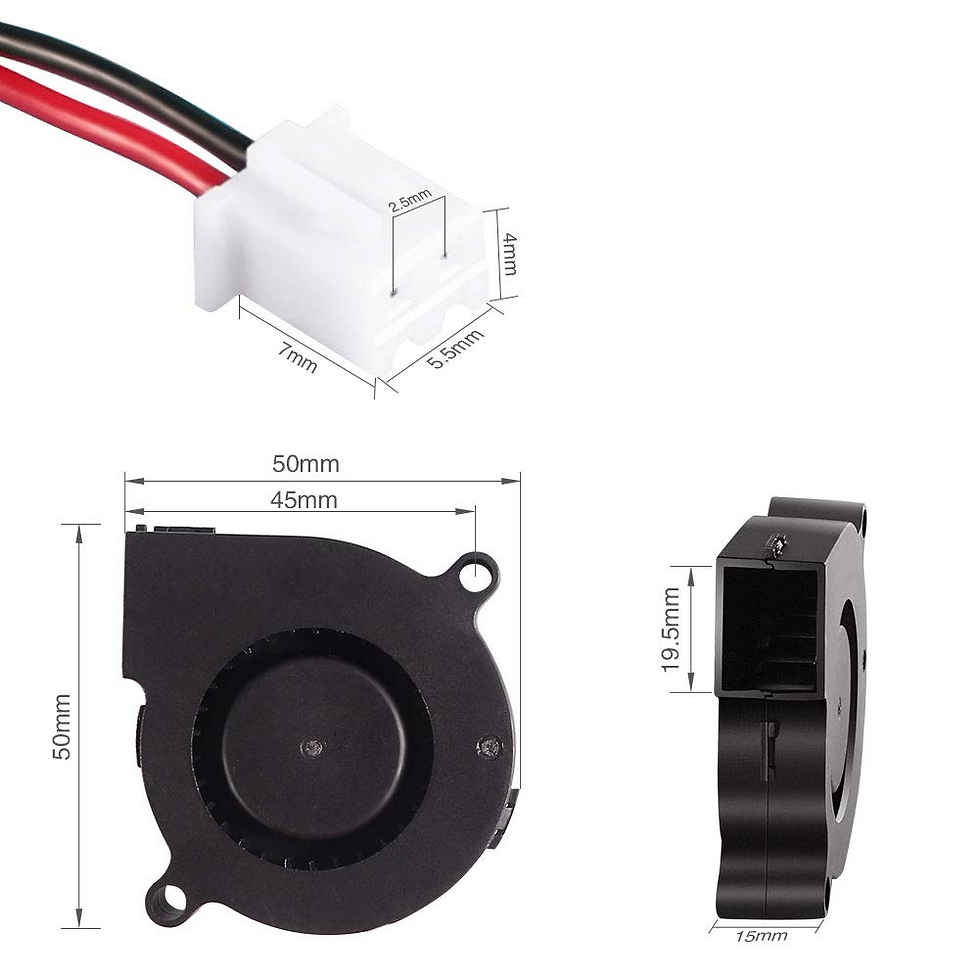Week 7: 10/3/2022 - 10/10/2022
- Daniel Eisenbraun

- Oct 15, 2022
- 2 min read
Given the redesign of our system, efforts were undertaken to rewrite our software block diagram and brainstorm a block diagram for a potential wireless communication device. Neither is remotely final, but were thrown around as an update to methods previously discussed by the both of us. It was stated by Dr. Ejaz that we may not need a humidity sensor as the vent shade already possesses the capacity to reject rain and thus there is not a purpose to monitoring for it.

It will most likely be easiest to use bluetooth at the end of the day, but given the potential to have the circuitry built and designed by ourselves, the block diagram below roughly shows the operation of how it could work.

A signal is sent by the MCU to the RX of the chip. The chip has a narrow bandpass filter tuned to a set of frequencies set for each of the 4 windows. This frequency will either turn the fans on / off or will trigger the device to convert the voltage value of one of the three sensors present into a digital value and transmit it to back to the MCU using Amplitude Shift Keying. On the MCU side, a similar method of demodulation will occur with the serial input going into the MCU giving values for Temperature, Battery Level, and Humidity (which may not be necessary)
It may also be that one single large battery is used instead of 4 individual batteries making it so the only sensor present will be that for temperature sensing.
Given the cost and power consumption of the current set of fans contained with the budget (16 units of 2 packs of 60mm fans for $255), a cheaper but similarly effective separate choice was sought after. After doing some digging, a set of sleeker 50mm centrifugal fans were found.

Clocking in at roughly the same power consumption of 2.16W per fan with a CFM of 13, these are much cheaper at $7.99 per pack of 4 bringing the total for the cost of our fans down from $255 to only $64. The CFM half that of the previous fans, but given that there will be up to 16 acting in tandem at any one time, this is not a major concern.
A few of the 5V models were ordered for preliminary testing related to ventilation methods starting on 10/15/2022 along with additional temperature sensors. Spoke with Ian briefly and concluded that PWM charge controlling would be sufficient for our project and much cheaper than MPPT.
Started a rough draft of the report that would be sent to the IEEE before the deadline and was finished / submitted by Ian.

Comments